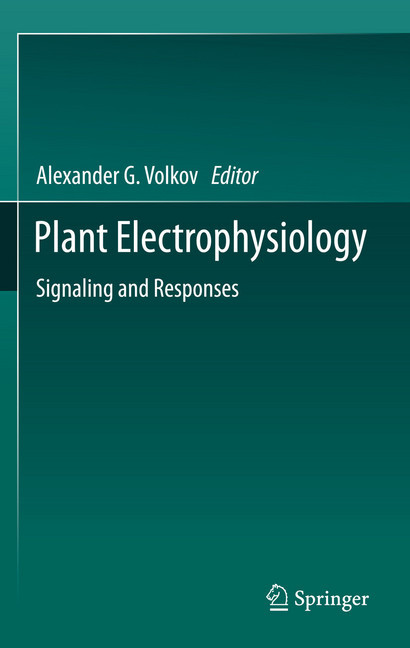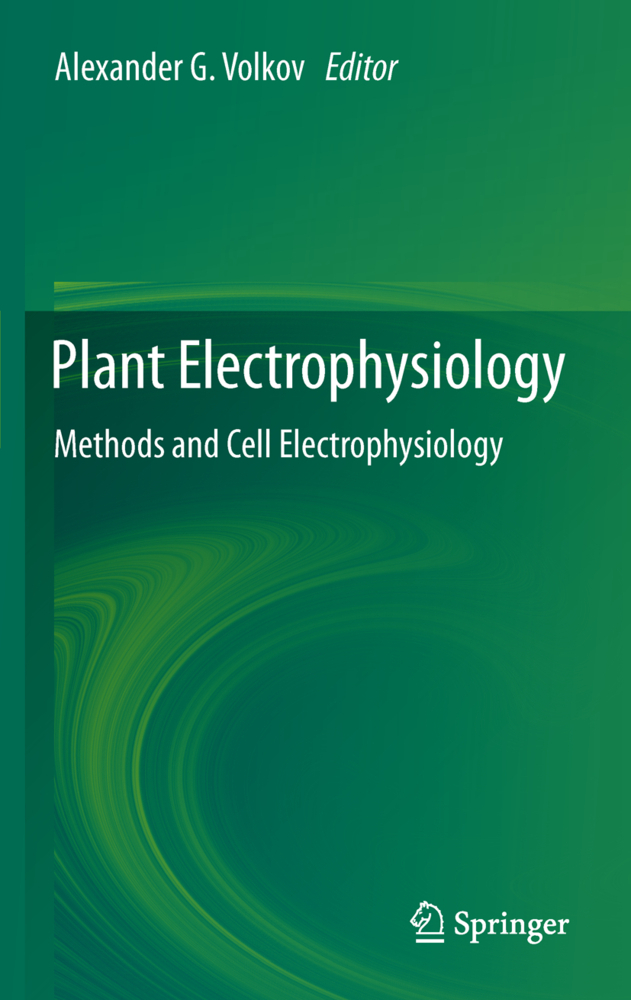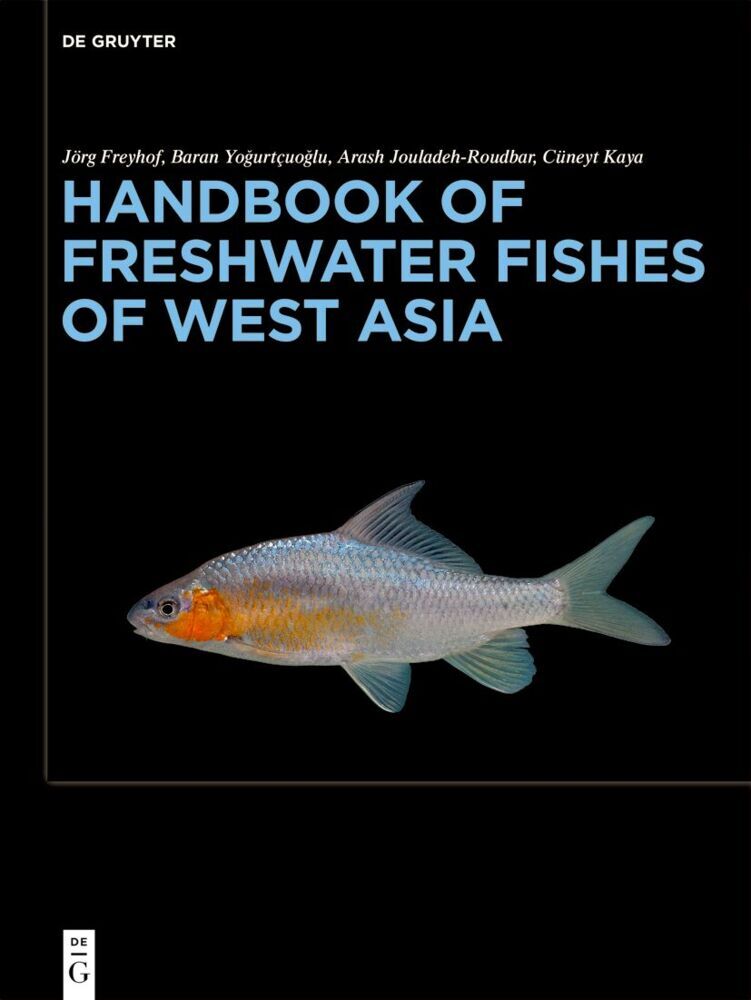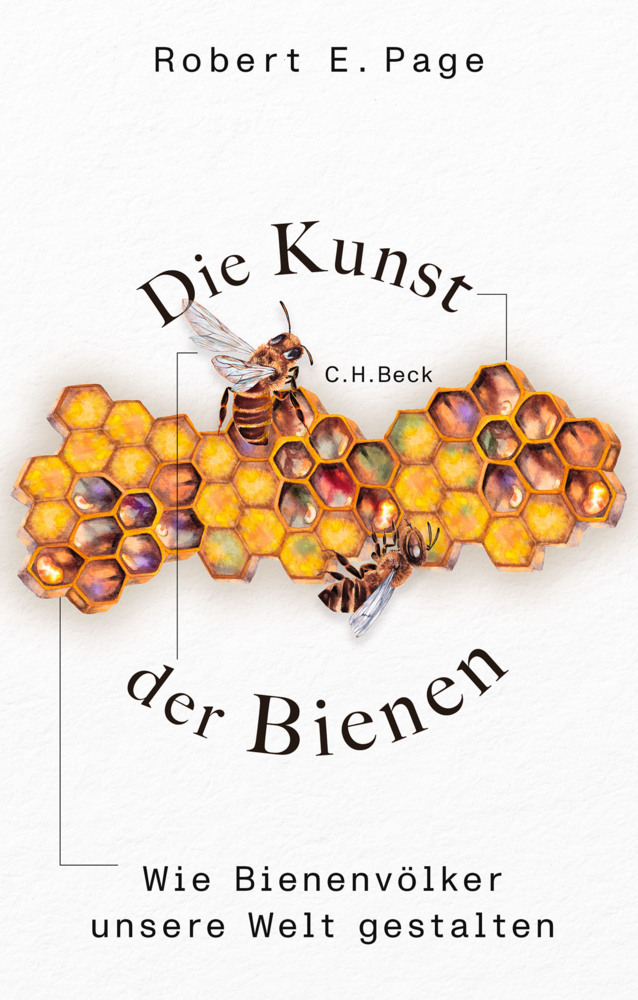Plant Electrophysiology
Signaling and Responses
This book, written by the leading experts in the field of plant electrophysiology, provides a comprehensive and up-to-date overview of the current state of knowledge on electrical signaling and responses in plant physiology. It covers a significant interdisciplinary area for a broad range of researchers, emphasizing the physical, chemical, biological, and technological aspects of plant electrophysiology, while also demonstrating the role of electrochemical processes and ion channels in plant life cycles. Separate chapters describe the electrophysiology of the Venus flytrap, the Telegraph plant, Mimosa pudica, and other interesting plant species. Subsequent sections focus on mechanisms of plant movement, the role of ion channels, morphing structures, and the effects of electrical signal transduction on photosynthesis and respiration. Further topics include the electrophysiology of plant-insect interactions, how plants sense different environmental stresses and stimuli, and how phytoactuators respond to them. All chapters analyze the generation and transmission of electrical signals in plants.
1;Preface;4 2;References;6 3;Contents;7 4;Contributors;9 5;1 Morphing Structures in the Venus Flytrap;12 5.1;Abstract;12 5.2;1.1...Introduction;12 5.3;1.2...Anatomy and Mechanics of the Trap;15 5.4;1.3...The Hydroelastic Curvature Model of Venus Flytrap;16 5.5;1.4...Comparison with Experiment;21 5.6;1.5...Interrogating Consecutive Stages of Trap Closing;23 5.7;1.6...Electrical Memory in Venus Flytrap;28 5.8;1.7...Complete Hunting Cycle of the Venus Flytrap;34 5.9;Acknowledgment;40 5.10;References;40 6;2 The Effect of Electrical Signals on Photosynthesis and Respiration;43 6.1;Abstract;43 6.2;2.1...Introduction;44 6.3;2.2...Methodology and Experimental Setup;45 6.3.1;2.2.1 Gas Exchange Measurements;45 6.3.2;2.2.2 Chlorophyll Fluorescence Measurements;47 6.3.3;2.2.3 Polarographic O2 Measurements;51 6.4;2.3...Effect of APs on Photosynthesis;51 6.4.1;2.3.1 Chara cells;51 6.4.2;2.3.2 Carnivorous Plant Venus Flytrap (D. muscipula);53 6.4.3;2.3.3 Mimosa Pudica;56 6.4.4;2.3.4 Other Plant Species;57 6.5;2.4...Effect of VPs on Photosynthesis;59 6.5.1;2.4.1 Mimosa Pudica;60 6.5.2;2.4.2 Other Plant Species;61 6.6;2.5...Possible Mechanism Underlying Photosynthetic Limitation upon Impact of Electrical Signals;63 6.7;2.6...Effect of Electrical Signalling on Respiration;65 6.8;2.7...Conclusions;66 6.9;Acknowledgments;67 6.10;References;67 7;3 Mathematical Modeling, Dynamics Analysis and Control of Carnivorous Plants;73 7.1;Abstract;73 7.2;3.1...Introduction;74 7.3;3.2...Mathematical Modeling;78 7.3.1;3.2.1 Double-Trigger Process;79 7.3.2;3.2.2 Water Kinetics;80 7.3.2.1;3.2.2.1 Capture Process: (From the Open to the Semi-Closed State);83 7.3.2.2;3.2.2.2 Release Process: (From the Semi-Closed to the Open State);84 7.3.2.3;3.2.2.3 Sealing Process: (From the Semi-Closed to the Closed State);86 7.3.2.4;3.2.2.4 Reopening Process: (From the Fully Closed to the Open State);86 7.3.3;3.2.3 Summary of Model;87 7.4;3.3...Flytrap Robot;88 7.5;3.4...Conclusions;92 7.6;References;92 8;4 The Telegraph Plant: Codariocalyx motorius (Formerly Also Desmodium gyrans);94 8.1;Abstract;94 8.2;4.1...Introduction;95 8.3;4.2...Anatomy and Physiology of the Codariocalyx Pulvinus;97 8.3.1;4.2.1 Pulvinus Shape and Bending;98 8.3.2;4.2.2 Pulvinus Curvature and Water Transport;100 8.3.3;4.2.3 Pulvinus Water Transport;100 8.4;4.3...Codariocalyx: Experiments on Leaflet Movements;102 8.4.1;4.3.1 Background: J.C. Bose;103 8.4.2;4.3.2 Leaflet Movements and Temperature;104 8.4.3;4.3.3 Leaflet Movements and Mechanical Load;104 8.4.4;4.3.4 Leaf Movements and Light;105 8.5;4.4...Codariocalyx Experiments: Contributions from Electro-Physiology and Biochemistry;107 8.5.1;4.4.1 Microelectrode Electrophysiology;107 8.5.2;4.4.2 Ca2+ Regulation in Plant Cells;108 8.5.3;4.4.3 Ca2+ and the Phosphatidyl Inositol Signalling Chain;109 8.6;4.5...Codariocalyx Experiments: Contributions from Electromagnetic Perturbations of Rhythmic Leaflet Movements;111 8.6.1;4.5.1 Interlude: Oscillations and Singularities;111 8.6.2;4.5.2 Applications of Electric Currents to Pulvinus;113 8.6.3;4.5.3 Static Magnetic Fields;115 8.7;4.6...The ''Heart of the Matter'': Modelling the Pulvinus Tissue;116 8.7.1;4.6.1 Diffusion Coupling;117 8.7.2;4.6.2 Modelling Ca2+ Oscillations Applied to Leaflet Oscillations;118 8.7.3;4.6.3 From Concentration Variations to Movements;119 8.8;4.7...Discussion;119 8.8.1;4.7.1 Experimental; Observations and Physiology;122 8.8.2;4.7.2 Experimental: Electrophysiology;123 8.8.3;4.7.3 Systems Approach and Modelling;124 8.9;References;126 9;5 Regulatory Mechanism of Plant Nyctinastic Movement: An Ion Channel-Related Plant Behavior;133 9.1;Abstract;133 9.2;5.1...Ion Channel-Related Regulatory Mechanism on Plant Nyctinastic Movement;133 9.3;5.2...Chemical Studies on Nyctinastic Leaf Movement;137 9.3.1;Leaf Opening and Closing Substances in Nyctinastic Plants;139 9.3.2;Bioorganic Studies of Nyctinasty Using Functionalized Leaf Movement Factors as Molecular Probes: Fluorescence Studies on Nyctinast
Volkov, Alexander G.
| ISBN | 9783642291104 |
|---|---|
| Artikelnummer | 9783642291104 |
| Medientyp | E-Book - PDF |
| Auflage | 2. Aufl. |
| Copyrightjahr | 2012 |
| Verlag | Springer-Verlag |
| Umfang | 378 Seiten |
| Abbildungen | w. 115 ill., 41 col. ill. |
| Sprache | Englisch |
| Kopierschutz | Digitales Wasserzeichen |










